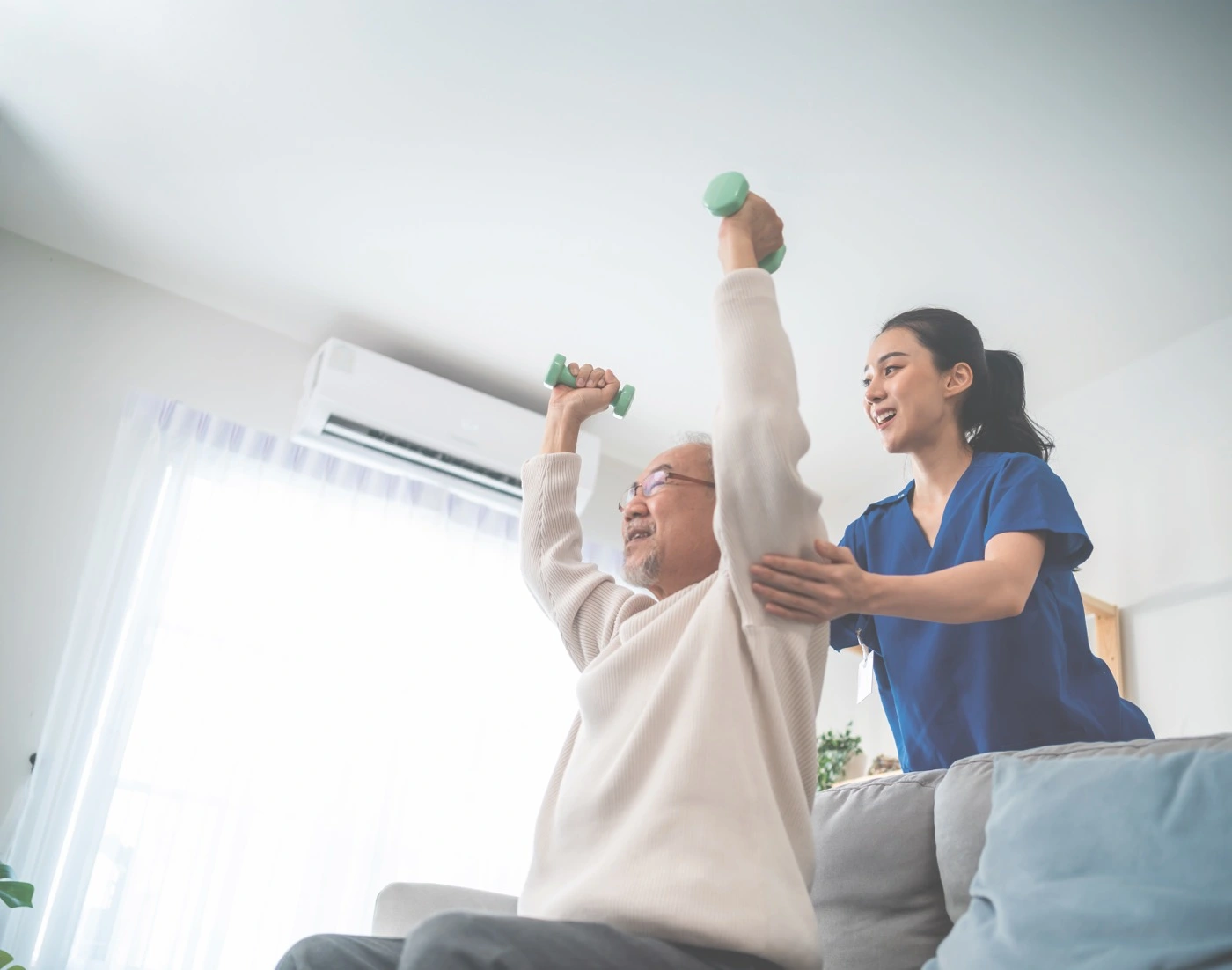News & Articles

How Occupational Therapy Helps Cancer Patients

From managing daily activities to coping with emotions, occupational therapy helps cancer patients maintain independence while easing the burden on caregivers.
CANCER AND ITS TREATMENT NOT ONLY TAKE A TOLL ON THE BODY BUT CAN ALSO AFFECT MENTAL WELL-BEING AND SOCIAL FUNCTIONING. Everyday activities, such as showering or participating in a hobby, may become difficult. Pain can lead to mobility issues and mood changes, while chemotherapy often causes chronic fatigue.
While advances in cancer treatment have improved survival rates, the impact of cancer varies depending on type and stage. Occupational therapy helps patients adapt to these challenges and maintain their quality of life.
COPING METHODS AND STRATEGIES
Occupational therapy supports patients in regaining the ability to perform day-to-day tasks, such as getting dressed and eating. Treatment plans are tailored to each individual and may involve environmental modifications or adaptive equipment to address physical, cognitive and emotional challenges.
Occupational therapists help patients maximise their functional abilities and maintain independence through:
Managing symptoms and treatment side effects such as pain, swelling and fatigue. For example, post-surgery swelling or lymphoedema, which can occur in breast cancer patients after lymph node removal, can be managed with occupational therapy. Therapists use various techniques, including manual lymph drainage, compression garments and therapeutic exercises, to improve mobility. Patients are also advised on skin care, such as using alcohol-free moisturisers and avoiding injections in the affected arm.
Improving daily living skills including toileting, meal preparation and dressing. Therapists can modify routines and recommend assistive tools, such as long-handled reachers and modified utensils for better grip. For patients returning to work, they may suggest ergonomic adjustments or task modifications to help manage cancer-related fatigue and pain.
Providing caregiving training to help family members or caregivers support the patient’s care at home. This includes transfer techniques to prevent injury to both patient and caregiver, as well as self-care strategies to manage emotional strain. Therapists may also conduct home assessments to recommend modifications such as grab bars and non-slip mats for safety, along with adaptive equipment like commodes and ramps.
Managing fatigue and conserving energy through strategies such as breaking tasks into smaller steps and prioritising essential activities.
Reducing anxiety with stress management and relaxation exercises.
Improving quality of sleep through lifestyle adjustments, such as calming bedtime routines, and behavioural approaches like breathing exercises.
Managing forgetfulness and mental fog using memory aids such as visual cues and calendars.
MEETING THE PATIENT’S NEEDS
Occupational therapy interventions should align with the patient’s needs and preferences, with input from family and caregivers.
As the disease progresses, the therapist will need to adjust these strategies. Early involvement in occupational therapy can help patients anticipate side effects, explore ways to manage them and maintain their quality of life.
| POSTED IN | Cancer Pain Management, Exercise |
| TAGS | cancer latest breakthrough, cancer pain management, cancer quality of life, cancer survivorship, chronic pain, managing emotions, new ways to treat cancer |
| PUBLISHED | 01 May 2025 |
